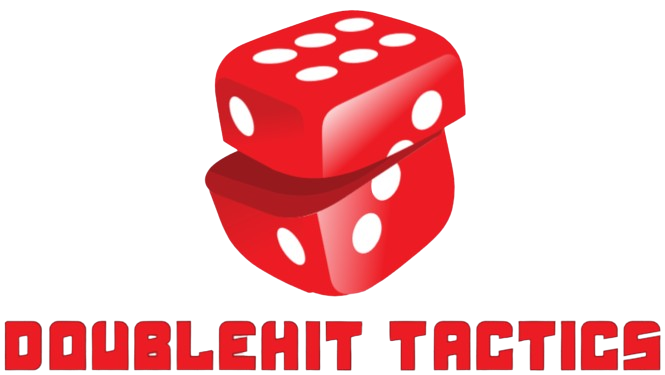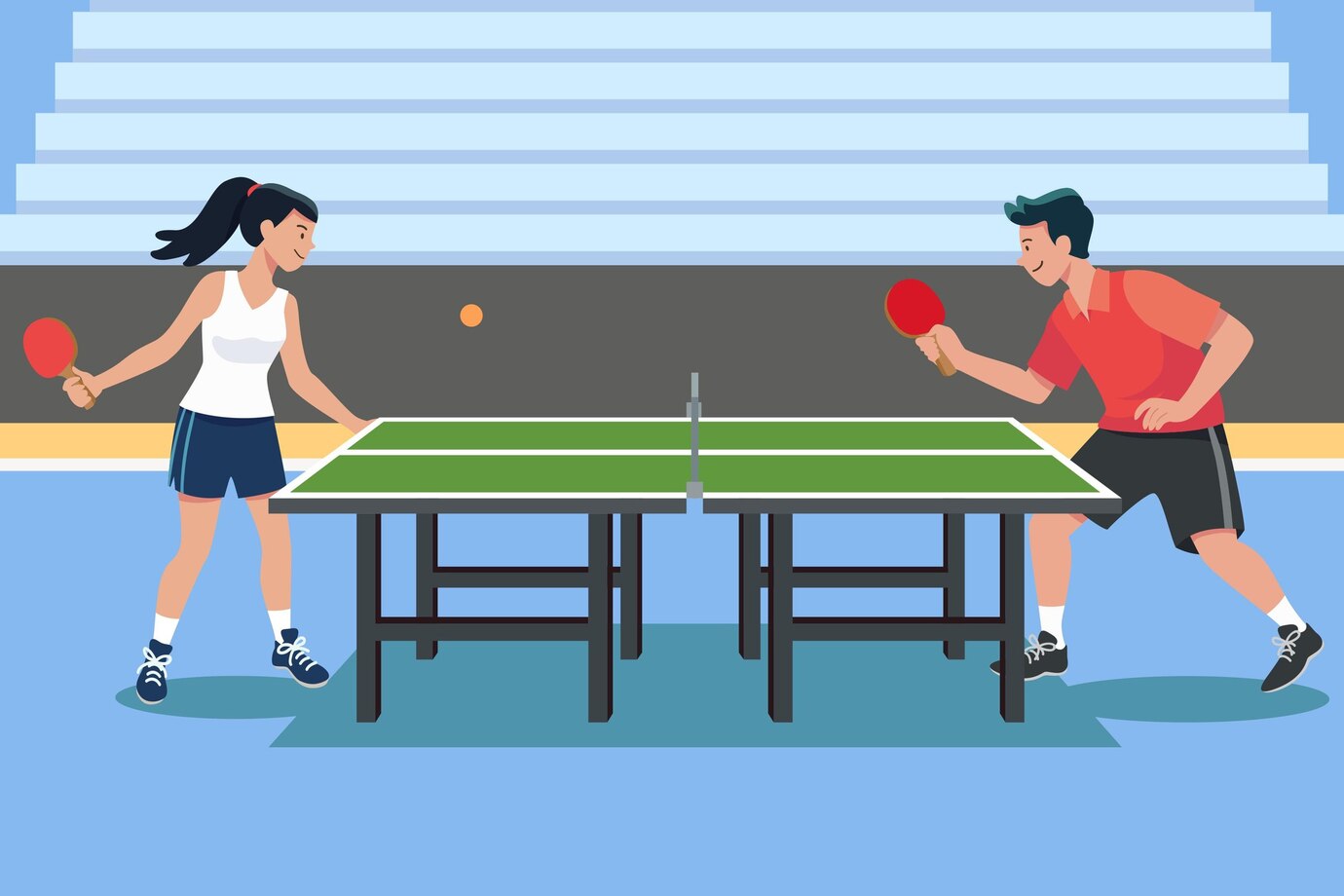The fast-paced and dynamic nature of table tennis makes it an exciting sport to watch and bet on. When it comes to doubles matches, the added element of teamwork and coordination between the players introduces a new layer of strategy for bettors to consider. Understanding these unique aspects can significantly increase your chances of success when placing bets on table tennis doubles matches.
Understanding Doubles Dynamics
In the realm of table tennis doubles, the game takes on a whole new dimension. It’s not just about individual skills but the intricate dance between two players working in tandem. The dynamics between teammates extend beyond mere coordination – it’s a symbiotic relationship where each player’s strengths complement the other’s weaknesses.
Unlike singles matches, where the spotlight is on one player, doubles require seamless teamwork. The quick exchanges and strategic placements demand a deep understanding of your partner’s movements and decision-making. It’s a delicate balance of offense and defense, where players need to be in sync to outmaneuver their opponents.
The unique challenges of doubles play also bring about exciting opportunities. A well-coordinated team can exploit gaps in the opposing side’s defense and execute strategies that go beyond the capabilities of individual players. Doubles dynamics create a dynamic and unpredictable environment, making it not just a game of skill but also a test of how well two players can harmonize their styles for a common goal.
Pre-match Analysis
Before the first ball is served, understanding the makeup of the competing teams is crucial. Team compositions in table tennis doubles vary widely – some teams emphasize strong attackers, while others focus on defensive prowess. Analyzing the playing styles of each team member helps in predicting their strategies during the match.
Examining past partnerships and how well players have performed together in previous matches provides valuable insights. It’s not just about individual skill levels; it’s about the chemistry between teammates. A team with a history of successful collaborations may have a strategic advantage, while newly formed partnerships might introduce an element of unpredictability.
Analyzing Past Performance
Delving into the recent performance of each player is a key component of pre-match analysis. This includes studying their win-loss records, particularly in doubles matches. Look beyond individual achievements and assess how well they have fared when playing as a team.
Understanding how players respond under pressure, especially in close matches, can be a game-changer for bettors. Analyzing their performance against various opponents provides a broader perspective, helping to identify patterns and potential weaknesses. Past performance serves as a compass, guiding bettors in making informed decisions as they navigate the dynamic landscape of table tennis doubles betting.
Serving Strategies
Importance of Effective Serves in Doubles
In the realm of table tennis doubles, the serve is not merely a formality; it’s a tactical weapon. The significance of a well-executed serve goes beyond initiating a rally – it sets the stage for the entire point. Here are key aspects to consider:
- Variety is Key: Players should diversify their serves to keep opponents guessing. Mixing up spin, speed, and placement adds an element of unpredictability, making it challenging for the opposing team to anticipate and respond effectively.
- Coordinated Placement: In doubles, players must not only focus on serving accurately but also strategically placing the ball to exploit weaknesses in the opponents’ positioning. Serving to the weaker player or targeting open spaces can give the serving team a distinct advantage.
- Quick Transition to Attack: A well-placed serve should set the stage for a proactive response. Doubles players often capitalize on a good serve by quickly transitioning into an offensive position, putting pressure on the receiving team.
Coordination Between Teammates
Unlike singles, where a player serves and moves immediately, doubles demand a synchronized approach. Effective communication and understanding between teammates during serves are pivotal:
- Establishing Signals: Non-verbal communication is key in doubles. Teams often develop signals or codes to indicate the type of serve or the subsequent strategy. This silent understanding minimizes confusion and enhances coordination.
- Strategic Partnerships: Players need to align their serving strategies with their partner’s strengths. One might specialize in powerful serves, while the other excels in spin. Coordinating these abilities creates a harmonious blend, making the serving duo more formidable.
- Adapting to Opponents’ Reactions: Observing how opponents respond to serves is crucial. A dynamic duo will adapt their serving strategies based on the reactions of the opposing team, keeping them on their toes and maintaining a strategic edge throughout the match.
Serving in table tennis doubles is not just a technical skill; it’s a collaborative effort that can tip the scales in favor of the team with a well-thought-out strategy.
Communication on the Table
Effective communication in table tennis doubles is the invisible thread that weaves a successful partnership. It goes beyond words; it’s about understanding each other’s movements, intentions, and unspoken cues. Here’s a closer look at the critical role communication plays during a match:
- Significance of Clear Communication: Clear and concise communication between teammates is paramount. Verbal cues, hand signals, or even a shared glance can convey vital information in the blink of an eye. This communication is not limited to strategy alone; it extends to encouragement, reassurance, and maintaining a positive atmosphere on the table.
- Developing Signals and Strategies: Successful doubles teams often develop a set of signals and strategies that become second nature during a match. These can include signals for specific serves, preferred return placements, or coordinated movements. The ability to communicate without alerting opponents adds an element of secrecy to the partnership’s tactics.
- Quick Decision-Making in Tandem: The fast-paced nature of table tennis demands split-second decision-making. Effective communication enables teammates to make quick decisions in tandem, responding to the opponent’s moves and adapting their strategy on the fly. This synchronicity is often the hallmark of a formidable doubles team.
Communication on the table is an art that transforms two individual players into a synchronized force. It’s the glue that holds a doubles partnership together, making each movement purposeful and each decision a shared triumph.
Positioning and Movement
To understand the intricacies of positioning and movement in table tennis doubles, let’s break it down into three key elements:
| Aspect | Description | Importance |
| Court Positioning | Strategic placement on the table to cover vulnerabilities | Maximizes court coverage and defensive stance |
| Seamless Movement | Coordinated and agile movements between teammates | Enables quick transitions and counterattacks |
| Anticipation Skills | Reading opponents’ actions for proactive positioning and strokes | Enhances decision-making and strategic play |
- Strategic Court Positioning for Doubles: Proper court positioning is the cornerstone of a successful doubles strategy. It involves understanding the strengths and weaknesses of both teammates and positioning themselves strategically to cover potential vulnerabilities. The goal is to create an effective defensive stance while also being ready to capitalize on offensive opportunities.
- Seamless Movement Coordination: Unlike singles, where players have the entire table to themselves, doubles players need to move in harmony. Seamless movement coordination involves anticipating each other’s actions, covering ground efficiently, and maintaining optimal positioning throughout the rally. This synchronized movement is crucial for a dynamic and responsive partnership.
- Utilizing Anticipation Skills: Anticipation skills in doubles go beyond predicting the opponent’s shots. It involves reading subtle cues in the opponents’ body language and movements to proactively position oneself for the next shot. This skill not only aids in defense but also allows players to initiate strategic plays based on their anticipation of the opponents’ actions.
Effective positioning and movement are the invisible threads that bind a successful doubles partnership. It’s a dance across the table, where each step and placement is carefully calculated, and anticipation becomes the secret weapon that keeps the team one step ahead of their opponents.

